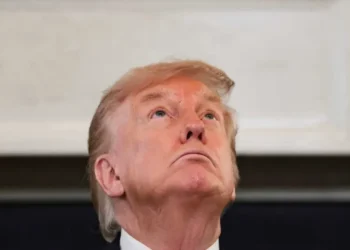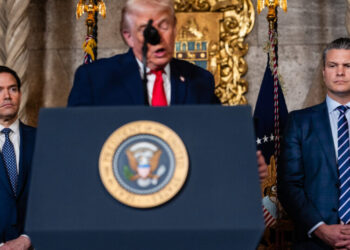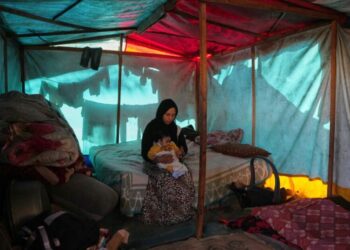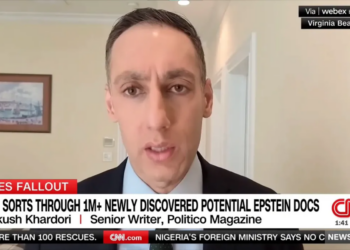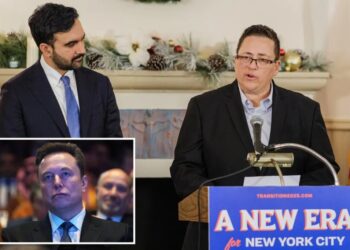Akademiks Explains Why He Thinks Rappers Are Trying To Compete With Streamers
Nowadays, the rap game is a lot different from how we used to know it. Back in the day, album...
‘Never going to work’: Conservative rips Trump’s ‘dumb’ economic policies
Republican commenter S.E. Cupp warns the U.S. economy is likely going to drag down President Donald Trump and his Republican...
Inside the royal family’s ‘buzzing’ Christmas break in Sandringham: ‘It isn’t all that relaxing’
The royal family’s Christmas break in Sandringham isn’t filled with a lot of downtime. According to the late Queen Elizabeth’s...
Hating the rich may feel good — and win elections — but it’s self-destructive
With a triumphant Zohran Mamdani taking over as New York City mayor Jan. 1, many of my patients tell me...
A Second Lawsuit Accuses Tyler Perry of Sexual Assault
A second actor has sued the filmmaker and media mogul Tyler Perry, accusing him of sexual assault and seeking $77...
Maine fire damages historic Portland waterfront and several boats
A fire tore through the historic Old Port waterfront in Portland, Maine, the day after Christmas, damaging aging buildings and...
Inside the ‘daunting challenges’ Trump will face in 2026
When holiday celebrations are done President Donald Trump will be facing “daunting challenges in 2026,” said USA Today writer Bart...
How Oil, Drugs and Immigration Fueled Trump’s Venezuela Campaign
On a spring night in the Oval Office, President Trump asked Secretary of State Marco Rubio how to get tougher...
Gaza braces for more winter rain while awaiting word of progress in ceasefire talks
DEIR AL BALAH, Gaza Strip — Barefoot children played on chilly sand as Gaza’s thousands of displaced people prepared threadbare tents Saturday...
Lawyer calls DOJ out on major Epstein contradiction that hasn’t ‘gotten enough attention’
Ankush Khardori, lawyer and senior writer for Politico, called out the Justice Department Saturday for a major contradiction regarding Jeffrey...






